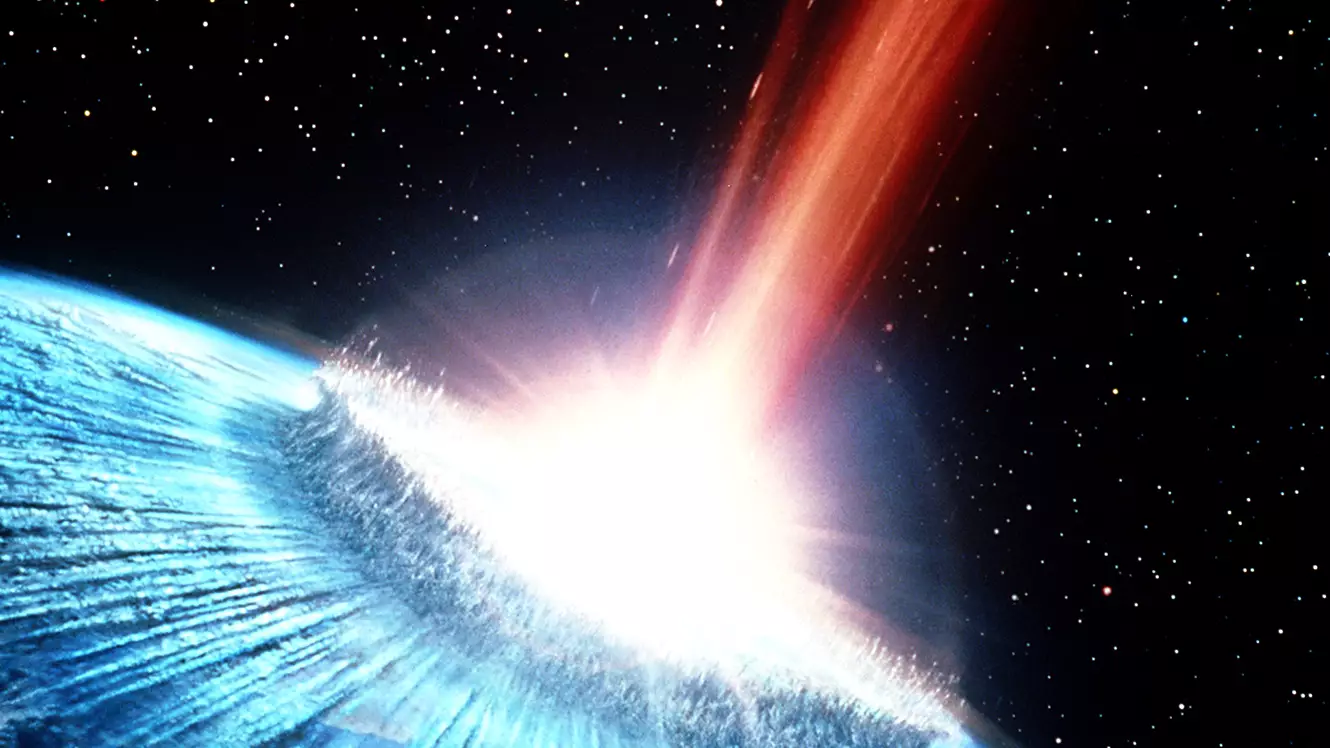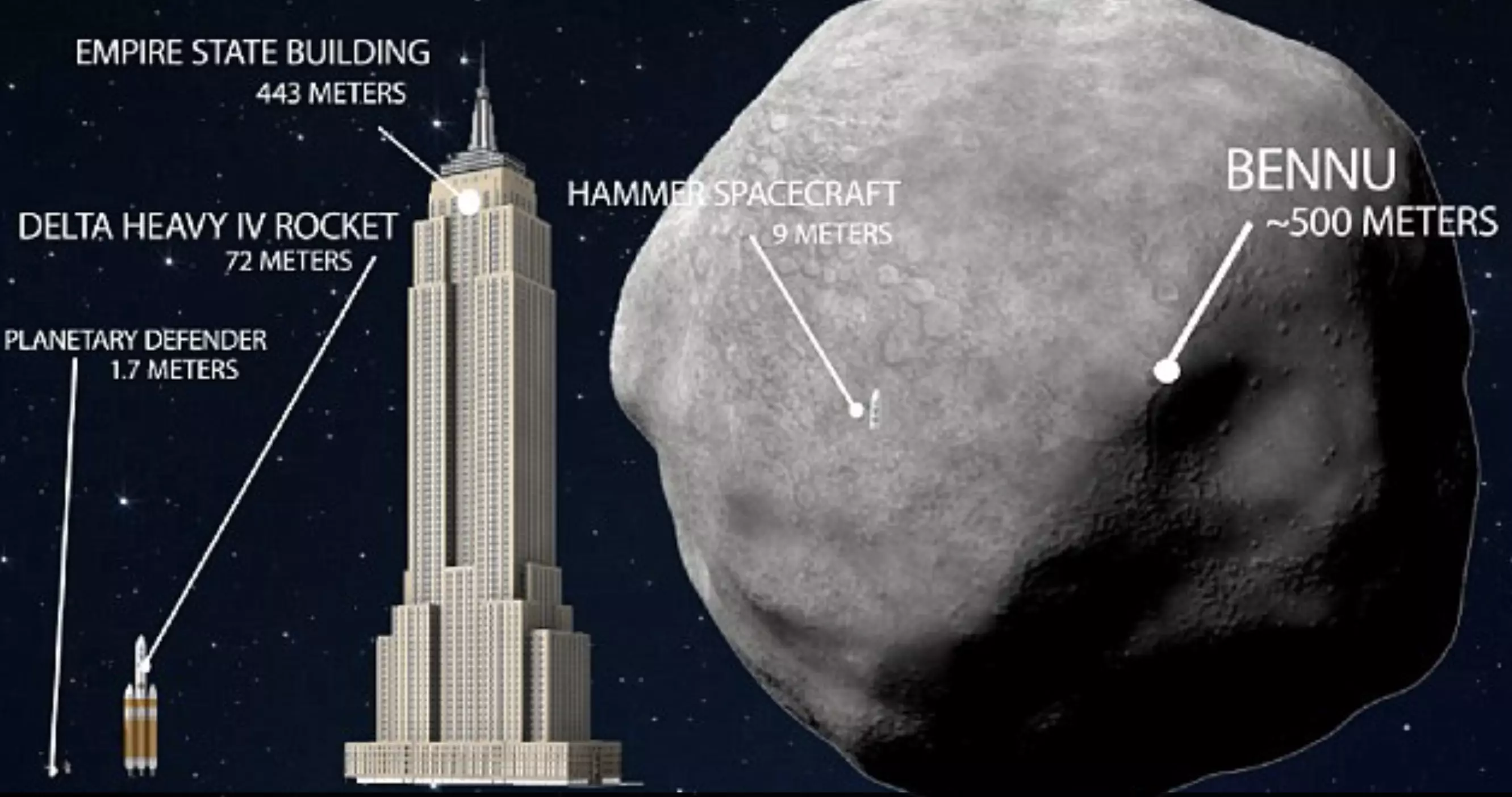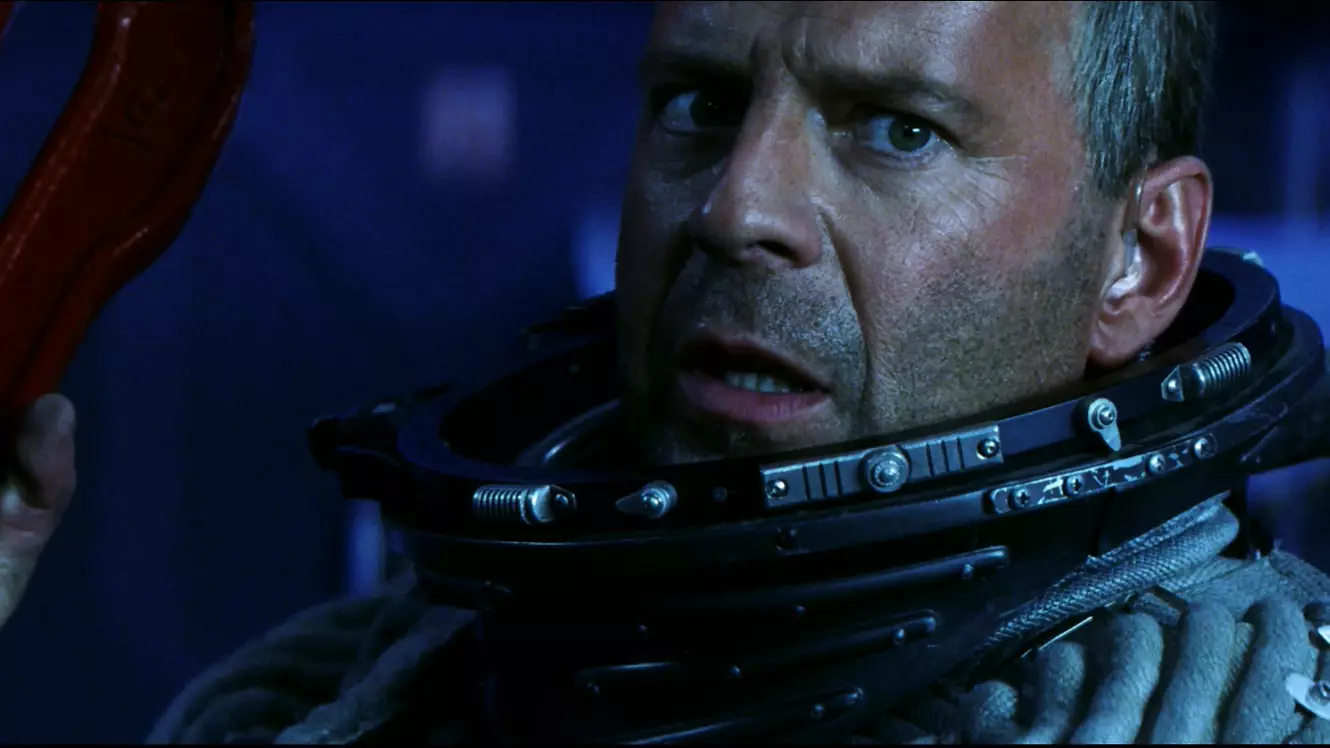
Scientists have warned that NASA may be unable to defend Earth against a giant asteroid that could crash into our planet in 2135.
The space rock, named Bennu, is taller than the Empire State building and would unleash 1,200 megatons of energy on impact. That is 80,000 times the energy of the Hiroshima bomb.
Although Bennu poses no immediate danger to us here on Earth, researchers have warned that there is a one in 2,700 chance it will slam into our planet sometime next century. In asteroid terms, that is actually pretty high.

Kirsten Howley, who is a physicist at Lawrence Livermore National Laboratory, said: "The probability of a Bennu impact may be one in 2,700 today, but that will almost certainly change - for better or worse - as we gather more data about its orbit.
"Delay is the greatest enemy of any asteroid deflection mission. That's why there's urgency in getting viable deflection platforms on the shelf today."
Members of a US 'national planetary defence team' have released findings from a study that warn of the potentially "dire" consequences of the huge space rock smashing into the planet.
But scientists revealed that even their most advanced technology would prove 'inadequate' for deflecting the object.
However, there is work being done to see whether a specially designed space craft could be used to eliminate the threat.
Scientists from NASA and the National Nuclear Security Administration have detailed a plan for the Hypervelocity Asteroid Mitigation Mission for Emergency Response (HAMMER).

The 8.8-ton HAMMER vessel could be used to collide directly with a small asteroid, or blow the space rock up using a nuclear device.
"The two realistic responses considered are the use of a spacecraft functioning as either a kinetic impactor or a nuclear explosive carrier to deflect the approaching NEO," the authors wrote in the study, published to the journal Acta Astronautica.

"Whenever practical, the kinetic impactor is the preferred approach, but various factors, such as large uncertainties or short available response time, reduce the kinetic impactor's suitability and, ultimately, eliminate its sufficiency."
If the conditions aren't just right, nuking the asteroid could be our only hope.
"If the asteroid is small enough, and we detect it early enough, we can do it with the impactor," physicist David Dearborn of the Lawrence Livermore National Laboratory told BuzzFeed News.
"The impactor is not as flexible as the nuclear option when we really want to change the speed of the body in a hurry."
The researchers will present their findings in Japan this May, but it remains unclear whether the HAMMER plan will actually be used.
Featured Image Credit: Deep ImpactTopics: World News, UK News, US News, Nasa, space